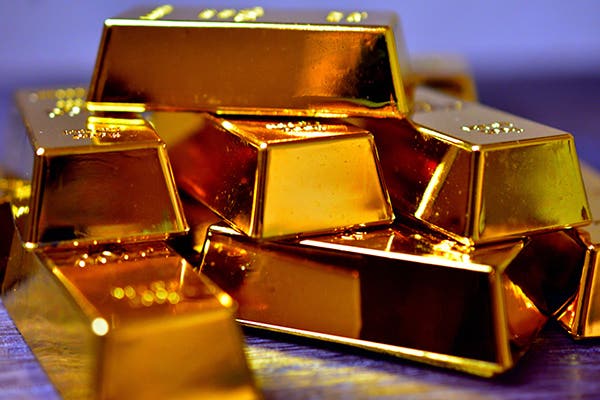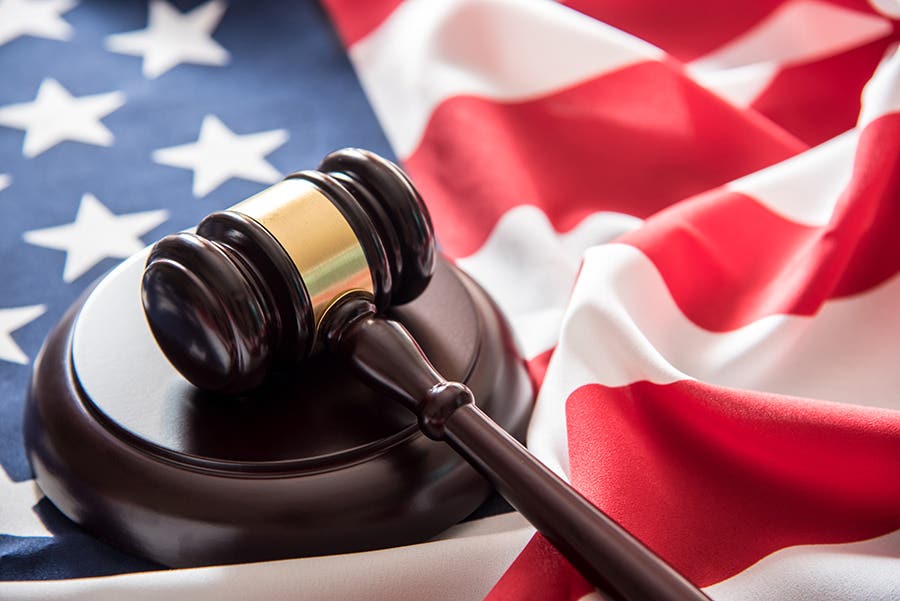Plated Coins on the Rise
Canada recently released a commemorative 2019 $100 gold wildlife conservation coin on which a portrait of a lion by Robert Bateman appears on the reverse. The coin is struck in…
Canada recently released a commemorative 2019 $100 gold wildlife conservation coin on which a portrait of a lion by Robert Bateman appears on the reverse. The coin is struck in proof, has a diameter of 76.2 mm and a weight of 311.5 g. This follows a Canadian 2019 gold-plated silver $8 Pandas, A Golden Gift of Friendship coin. What makes these coins different from so many other non-circulating legal tender coins is that each is actually a 0.999 fine silver coin with a thin layer of gold plating.
Canada is going one step further than most other nations by offering plated coins to collectors. The Canadian coins include the framed letter P below the obverse portrait of Queen Elizabeth II to identify the coins’ true metal content.
Plated coins are not something new, but they are becoming increasingly more mainstream, some at prices at which coins of pure gold or pure silver used to be offered.
How far back do plated coins go? It depends on what you define as a plated coin. Precious metal content coins have been debased by governments almost since the time of the invention of the coin. Sometimes this has been out of economic necessity. Other times it may have been a convenience to the issuing authority.
At the time of the Roman Empire silver fourrée copies of the then circulating silver denarii and drachma coins existed. The fourrée was usually a base metal counterfeit plated with silver to look real. The praetor M. Marius Gratidianus developed a way to detect these fourrée before 80 BCE. This was later replaced with serrated edge coins similar to those today on which a reeded edge appears.
The fourrée doesn’t end there. What about our Lincoln cents beginning in 1982? Rather than having a sandwich composition of metals as do the pre-1982 issues the coin contains zinc plated with copper. Likewise, the 1-, 2-, and 5-cent euro coins are copper-coated steel fourrées.
Plated coins are a form of debasement, but they are not the same as a coin of lower precious metal content than of a previous issue. Canada’s 1976 $100 Olympic Games coin was issued both in 0.916 pure and 0.583 pure gold, the difference able to be detected by a minor difference in their weights and diameters. This is a debasement. Had the coins circulated the lower purity coin could have been used deceptively.
But what about the Japanese nishu gin of 1832 to 1858? These ingot-shaped coins appear to be gold but are primarily made of silver.
Don’t forget the US racketeer nickel made by gold plating an 1883 No Cents Liberty 5-cent coin, then attempting to pass it as a 0.900 fine gold composition $5 half eagle. Today gold-plated Statehood quarters occasionally appear in circulation. These are copper-nickel sandwich composition coins plated with gold by such private enterprises as the Merrick Mint. (The Merrick Mint does not plate quarters with the intent of the quarters being used deceptively.)
Coins that were legally plated, typically in gold, are becoming more commonplace. According to the privately owned Mauquov Token Company NV, “In general, gold- and silver-plated coins are used for collectible coin purposes, limited editions, and other exclusive markets. Gold- and silver-plated coins look similar to solid gold and silver coins, but they can be offered at a fraction of the price.”
Even the modern concept of plated coins has been around for some time. In 2006 buying-gold.goldprice.org posted, “There are many gold plated coins available to collect, some from mints such as the Perth Mint and Royal Australian Mint, the British Royal Mint, and other lesser known mints. A good example is the gold-plated silver coin pendant produced by the Perth Mint, Australia. This is a 24 carat gold plated 99.9 percent pure silver…there are 12 of these, each representing a different sign of the Zodiac.”
So if plated coins made for collectors are not new, but on the rise why should this raise eyebrows? Do the math. If the Canadian 2019 gold-plated silver $8 Pandas, A Golden Gift of Friendship coin contains 7.96 grams of silver (0.256 ounces actual silver weight) this isn’t exactly a bargain at $40. Where will prices go from here?








